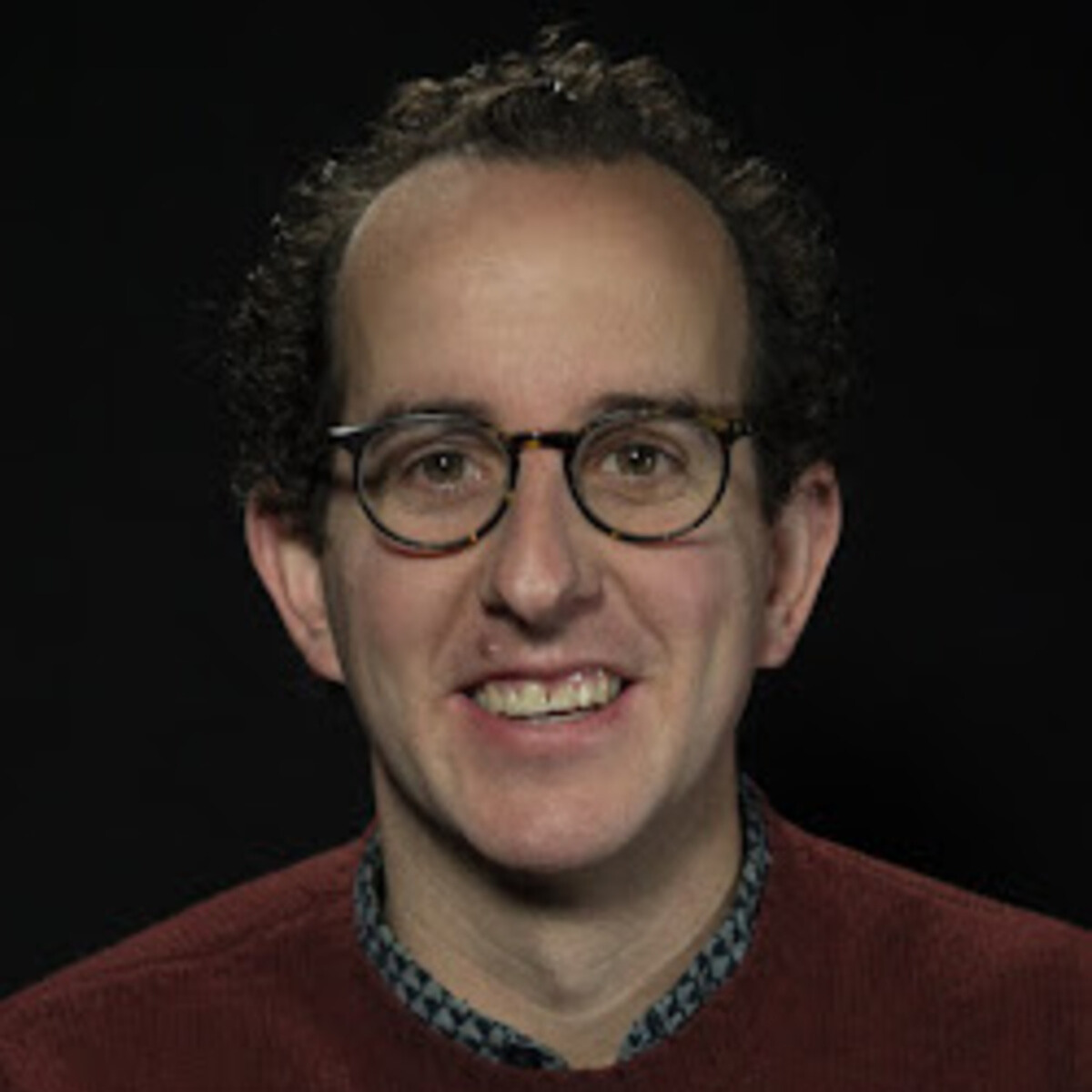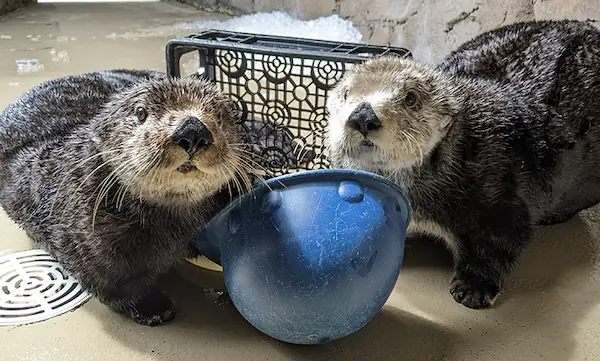Our volunteer program for high-school-aged teens, Youth Ocean Advocates (YOA), launched in 1994—and since then, has attracted over 2,500 marine enthusiasts. These youth volunteers (known as YOAs) often share that the experience has either furthered their existing desire for a career in marine conservation, or helped them discover a new one.
Here, we bring you the stories of a few of the many YOAs who have followed their dreams and, in a beautiful ripple effect, are continuing to benefit the marine environment through their careers. Watch for part two of this series, where we’ll introduce you to more former YOAs making a difference for ocean health!

“Having a sense of purpose and understanding the value of your opinion and knowledge was a really important lesson, especially as a young woman of color. It opened doors for me.”
—Jasmine Prat, YOA 2010–2013
Jasmine Prat went snorkeling for the first time during a family vacation when she was in 4th grade. “It blew my mind,” she says. “Seeing a whole new world underwater for the first time.” After moving to Seattle in the middle of high school, she jumped at the opportunity to join the YOA program to learn more about the ocean and meet new people.
“It was priceless,” she says, describing her experience. “It taught me how to inspire others and have an open mind and ear—and developed my own confidence too. Feeling like an expert at that age was really formative.”
Jasmine went on to earn a master’s in environmental science at Washington State University and is now a foreign affairs specialist with the National Oceanic and Atmospheric Administration (NOAA) in Silver Spring, Maryland. In her role, she helps draft and implement international policy regulating the high seas and marine mammal bycatch.

“My time at the Aquarium was my base. It locked me into wanting to be a marine biologist.”
—Emma Strand, YOA 2012–2014
Emma Strand grew up loving the ocean and fantasizing about being a marine biologist. She says that, in addition to solidifying her career ambitions, participating in the YOA program helped increase her communication skills and confidence.
Scuba diving played a key role too. During a dive in Honduras, she saw the effects of coral bleaching firsthand, and found it fascinating that some corals were bleaching while others still appeared to be thriving.
“That experience sparked a curiosity that’s become the basis of my research,” she says. After earning her Ph.D. in biological and environmental sciences with a specialty in evolution and marine biology from the University of Rhode Island, she joined Gloucester Marine Genomics Institute as a postdoctoral scientist. Her current research is focused on sustainable fisheries and aquaculture—developing genomic tools to advance research-based sustainable management of marine environments; and climate change resilience— investigating how marine organisms respond to rapidly changing environments.

“It was a transformative experience for me. The program showed the potential to bridge passions into careers.”
—Noah Chesnin, YOA 1997–1999
Noah Chesnin was 16 when he joined what was then called our teen naturalist program in 1998. “I was shy and nervous,” he recalls. “But putting on a Seattle Aquarium t-shirt gave me the confidence to share my passion with visitors.”
After earning a master’s in environmental management from the Nicholas School of the Environment at Duke University, Noah went on to a stint at the Conservation Law Foundation, shaping policy related to ocean issues. That experience helped him realize that he wanted to focus on engagement and build a public movement.
He’s now the director of policy and outreach for the Wildlife Conservation Society’s New York Seascape Program, the conservation initiative of the New York Aquarium, where he leads policy advocacy work, including nominating and building a coalition to advocate for the designation of Hudson Canyon as a National Marine Sanctuary. He also serves as vice chair of the proposed Hudson Canyon National Marine Sanctuary Advisory Council and on the executive committee and as policy work group co-chair of the Aquarium Conservation Partnership—a consortium of 29 U.S. aquariums and zoos working collaboratively on conservation policy.

“Becoming a YOA gave me confidence to talk to anyone—as well as confidence in what I did and didn’t know.”
—Anja Brandon, YOA 2008–2012
As a young child, Anja Brandon loved animals and dreamed of working at a zoo. But a field trip to the Seattle Aquarium changed all of that. “I fell in love with the tiny invertebrates and was inspired by how everything appeared to be connected and worked together,” she says.
She joined the YOA program as soon as she was able, and credits it with helping to develop her public speaking and customer skills. “Having exposure to staff members and volunteers alike helped build connections that I’ve been able to use throughout my career,” she comments.
And what a career it is! With a Ph.D. in environmental engineering at Stanford University, Anja is now the associate director of U.S. Plastics Policy at Ocean Conservancy, where she helps write legislative text for states working on policy. Among her many achievements, she helped write the federal “Break Free from Plastic Pollution Act” (S. 984) and California’s “Plastic Pollution Prevention and Packaging Producer Responsibility Act” (S.B. 54).
Be part of the next generation of Youth Ocean Advocates
With the opening of the Ocean Pavilion this year, the YOA program’s capacity will grow even further. Offering school-year and summer sessions, it’s open to young people enrolled in grades 9–12 in a high school, Running Start, GED or homeschool program at the time of application. Interested in becoming a YOA—or know someone who might be? You’ll find details on our Youth Ocean Advocates webpage.



